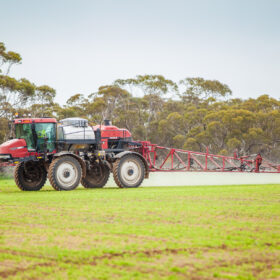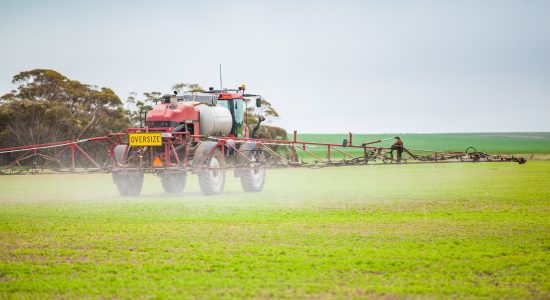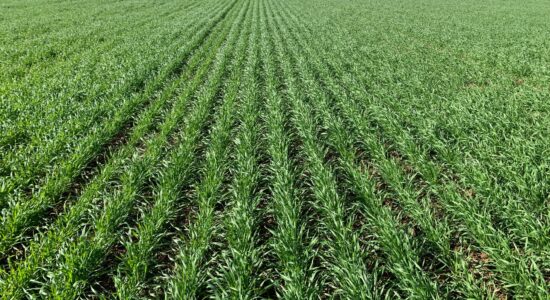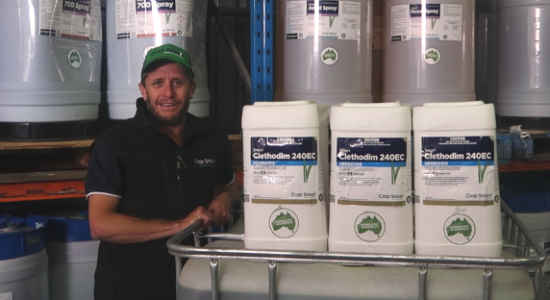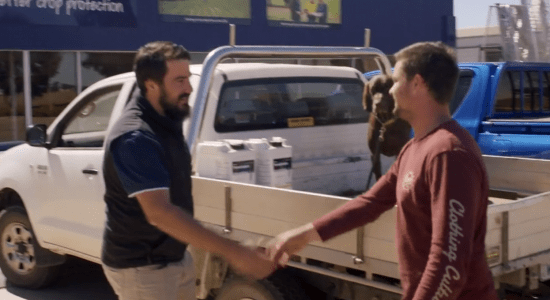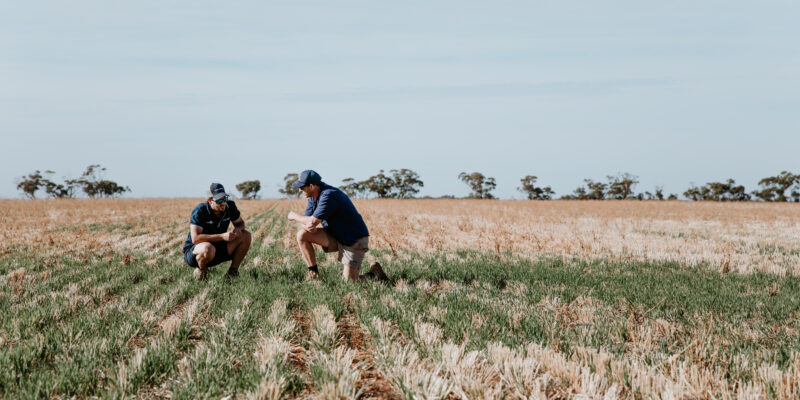
Double Knock in 2023
April Agronomy Update
Do not take this opportunity to control weeds for granted.
We have been recommending and researching the Double knock strategy for a few decades now. Double knock prior to sowing is evolving just like our cropping systems are evolving. The Double Knock should form an important component of your weed management program but we also need to ensure we are implementing the WeedSmart Big 6 for a whole farm, integrated weed control program.
Many years ago, our double knock strategy involved applying Glyphosate (sometimes at sub-lethal rates) and then coming back 7-10 days later with a cultivation or a full-cut seeding system to achieve effective control on all weeds. Sometimes the sheep were used to crash graze and finish off the weeds.
As we moved to minimal disturbance at sowing, we were required to use higher rates of Glyphosate to achieve outright control. This was then followed by Paraquat (Smart paraquat 250, Gramoxone 360, Guerrilla Herbicide) or Paraquat/Diquat (Spray Seed) 5-7 days later to control any misses, or escapes or to issue the final rights to any surviving weeds.
The Double Knock of 2023, like the cropping program it supports, is quite advanced and more involved. Although the strategy has evolved, it still retains its core purpose to prevent or control resistant weeds, reduce weed numbers and to preserve glyphosate.
The incidence of ryegrass becoming resistant to glyphosate is increasing and is now quite common. To make this situation worse, the paddocks where we have glyphosate resistant ryegrass are generally in the paddocks with higher populations of ryegrass (the old numbers game). So not only are we dealing with resistant ryegrass but we are dealing with higher numbers. Double knocking can be quite taxing on your time at sowing so it may be best to prioritise the worst grass paddocks as a minimum.
The glyphosate rate is more important than in earlier years. When we talk about 450 products like Smart Glyphosate 450, our rates of use must begin at the low end with 1.6L/ha but more likely over 2L/ha. Even on resistant ryegrass we experience better results when the first application of glyphosate is higher.
This is to be followed 1-3 days later with Paraquat (like Smart Paraquat 250) at the highest possible rates. Utilising high water rates and applying under low light intensity improves the result.
Some new developments or variations that can add extra value to the double knock are outlined below.
Double knock with Paraquat followed by Paraquat. In some situations, this is providing great results and is an alternative to using Glyphosate in situations with highly glyphosate resistant ryegrass. It may not be a long-term resistance management strategy but it could provide a valuable short-term solution.
Three new Group G (14) products are also adding improved control levels on ryegrass.
Recent research has shown that Terrad’or and Voraxor when added to the Glyphosate or Paraquat application can improve ryegrass control significantly. Your agronomist will have local experience to recommend rates and timings in front of cereal crops. Reflex can also improve ryegrass control prior to sowing pulse crops when included with the knock down application.
Some of the newer pre-emergent herbicides also have knockdown activity on ryegrass and can improve the overall control you would expect to achieve with either Paraquat or Glyphosate alone.
Please talk to your Agronomist about product choice, rates, plant-back restrictions and adjuvant recommendations.

